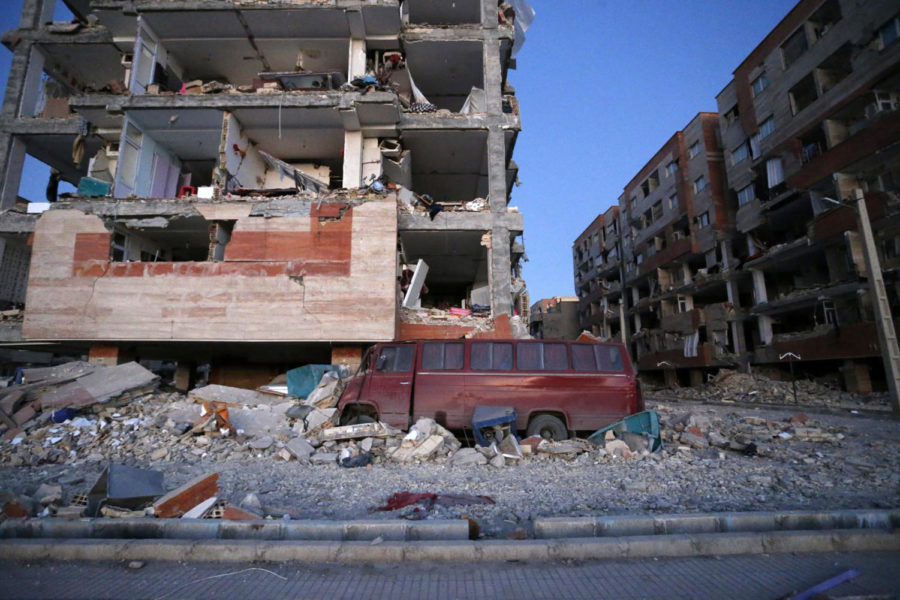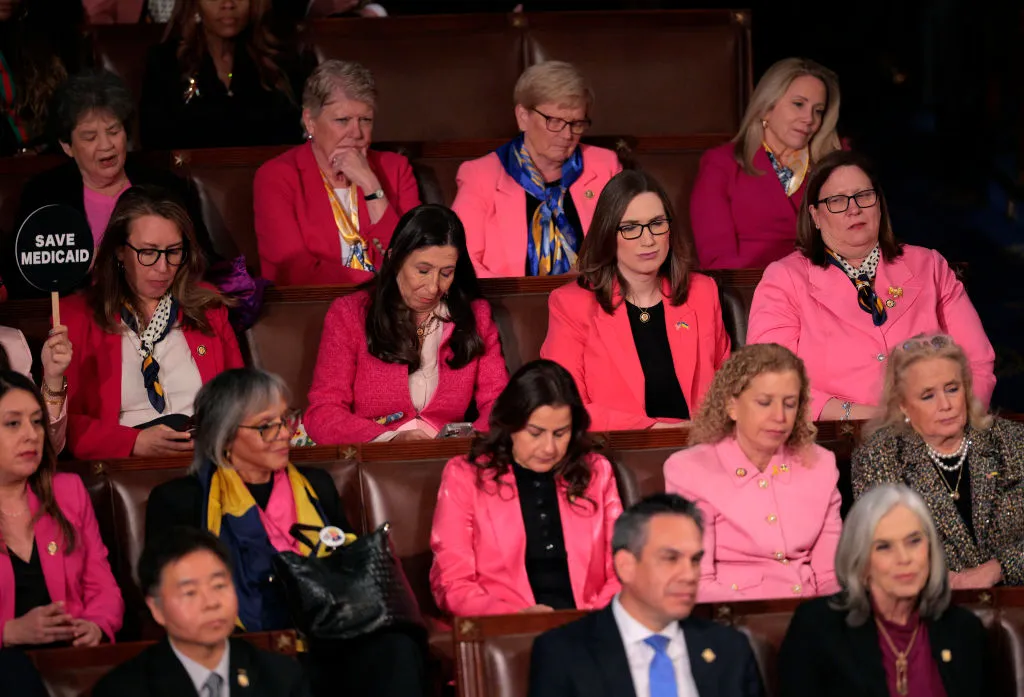Massive Earthquake in Iran-Iraq kills over 500 people
November 28, 2017
The world’s deadliest earthquake of 2017 struck at 9:48 pm on Sunday night near the Iraqi border, calculating as a 7.3 quake according to the United States Geological Survey. This earthquake was recorded to be the largest that has hit the Western part of Iran. The great shakeout was felt all the way in Turkey, and Pakistan, but the Iranian city Pol-e Zahab was severely affected by the magnitude of it. Devastated families anxiously searched through the debris of the buildings in an attempt to find any alive family members. Pictures posted on the internet showed buildings in crumbles, crushed cars, and people sleeping in the streets because they worried of aftershocks occurring.
The state run news agency, IRNA reported at least 530 people had died, and 7,460 people were injured in Iran. Iran’s supreme leader, Ayatollah Ali Khamenei sent his condolences to the country on Monday, and encouraged the rescue workers to continue looking for survivors. Pol-e Zahab, located in the Western Iranian province of Kermanshah, the earthquake had killed 236 people of which the city has a population of 30,000, and the main hospital was supposedly still partly running in service. Residents of Pol-e Zahab desperately complain that no aid has come: the state of their city is wrecked, their homes are destroyed, they have no water, no gas, no electricity, the phone lines are fried and they are without a place to go. Mahmoud Ahmadinejad, former president of Iran from 2005 to 2013, provided a program that would build low-income housing, and political opponents of him argued the buildings were poorly constructed. However, Mahmoud Ahmadinejad’s defenders stated the buildings were already on fault lines and even if they were “poorly constructed” nothing could have been done.
Unfortunately, Iran’s placement geographically lies on many fault lines and puts itself at risk for regular earthquakes occurrences. On top of this, residents soon learned the government lacked relief efforts for such disasters and started organizing aid groups themselves. Although, after this recent quake and the deplorable conditions it left the residents in and the country itself, the United States has sent over planeloads of aid.
Insightful Iranians look to expose the shady business of constructing new buildings in Iran. The new, largest, hospital in the region took 8 years to build and $15 million dollars, was near destruction when the 30 second earthquake hit the city. While, the 40 year old hospital stood near with little to no damage. The outcome of this new hospital during a quake clarified what Iranians have already known: people can easily buy building permits, safety regulations are skimmed on, and some inspectors make more of their money off bribes, than their actual salaries.
A hospital failing to stand hasn’t been the only confirmation of weak construction work, a high-rise building in Tehran burned to the ground this year and killed 20 firefighters. All this could’ve been prevented, had a worker followed regulations and installed a sprinkler system as there should have been. A government report released information that the religious foundation that owned the building didn’t maintain the building over the years, and missed 22 national building regulations; no one was convicted or punished.
Iran is present with many situations similar to this due to the lack of surveillance that goes into these construction projects.









